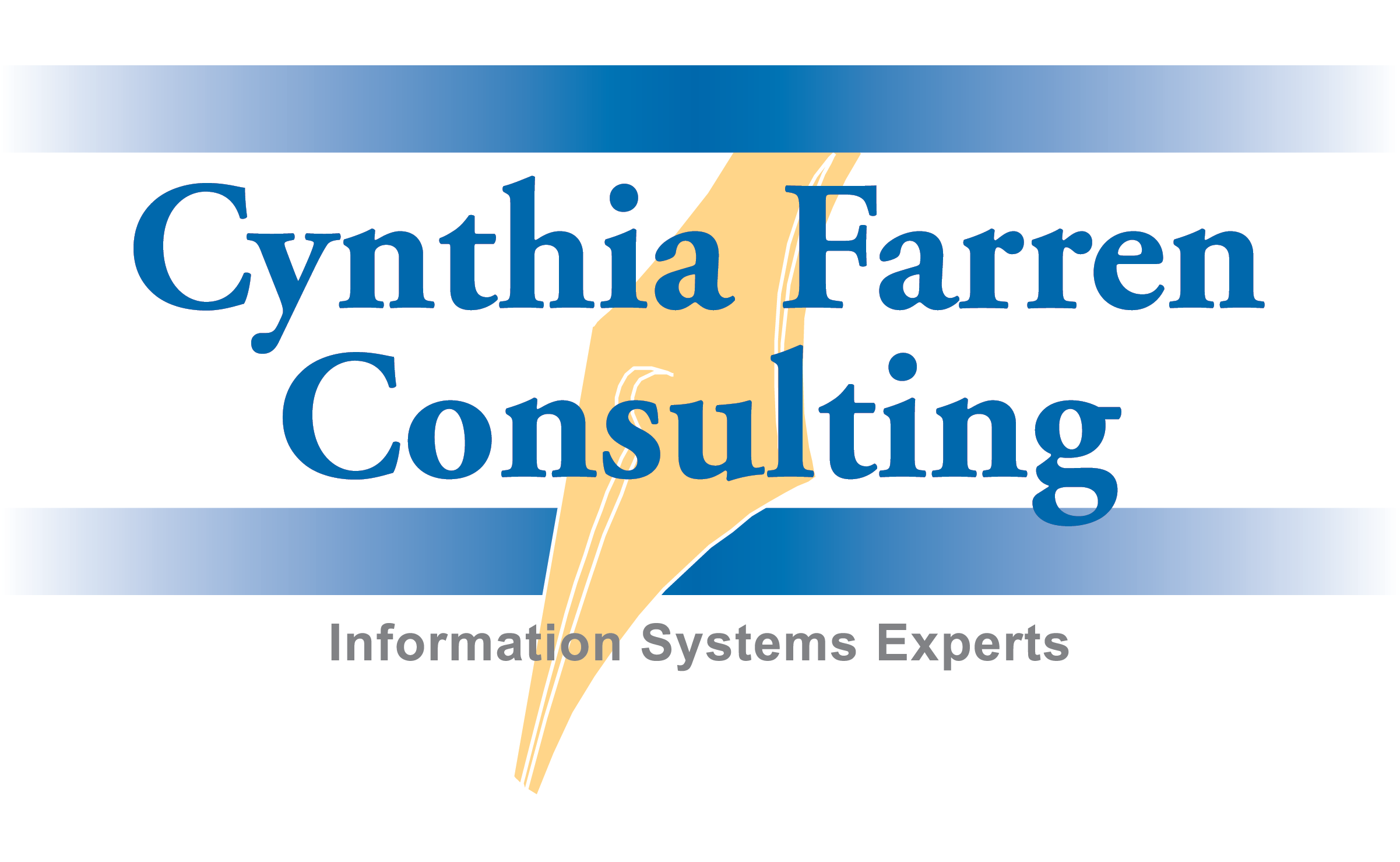In case you haven’t heard it yet, Microsoft SQL Server 2012 is going to contain some major licensing changes. Customers with existing (or new prior to the release of SQL Server 2012) Enterprise Agreements (EA) or Enrollment for Application Platforms (EAP) with SQL Server included on those agreements have some great opportunities right now but should be working out a strategy to meet their current and projected needs.
If you’re unaware of the changes, check out our blog on Network World to find out more details.
If you have SQL Server Enterprise on your EA or EAP before the release of the 2012 version you can continue to purchase the same licensing model until the end of your agreement. In other words, even though the SQL Server Enterprise server and Client Access License (CAL) model will disappear with the release of 2012, if you already have that model on your EA or EAP you can continue buying under that model until your agreement ends. Additionally, if you have SQL Server Enterprise processor licenses on your EA or EAP, you can continue to purchase processor licenses (rather than core licenses) through the end of your agreement.
This presents a number of opportunities for organizations to save money moving forward but having a strategy will be key! If you don’t already have these products on your EA or EAP, you might want to consider if you should add them prior to the release of Microsoft SQL Server 2012 (as opposed to waiting until your next true-up which might mean you miss an opportunity).
As always, let us know if we can help you create a Microsoft licensing strategy that is most beneficial to your organization!
